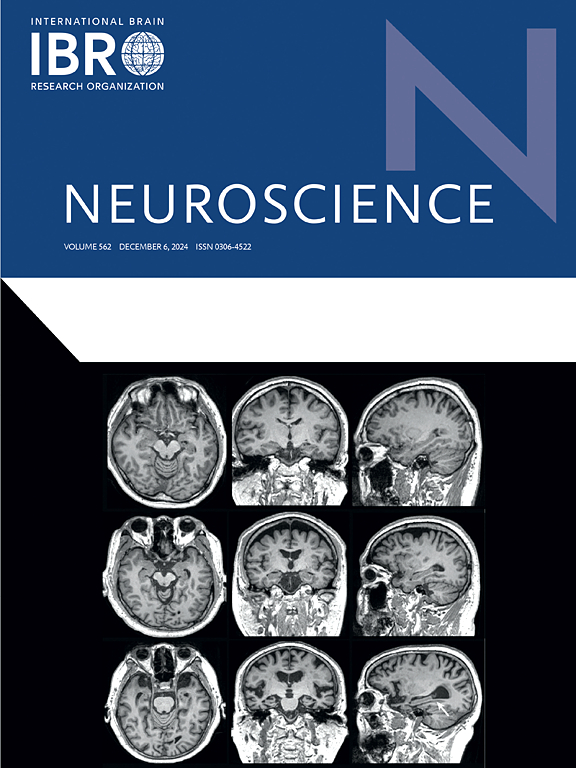Pterostilben upregulates GAD67-mediated GABA synthesis in hippocampal parvalbumin-positive cells
IF 2.9
3区 医学
Q2 NEUROSCIENCES
引用次数: 0
Abstract
Background and purpose
Pterostilbene (PTE, 3,5-dimethoxy-4′-hydroxystilbene) is a naturally occurring polyphenol which has antiepileptic properties, and can be utilized as a prophylaxis in patients with seizures and who are at risk of developing epilepsy. However, the effects of PTE on the gamma-aminobutyric acid (GABA)-mediated (GABAergic) nervous system are poorly understood. This study aimed to evaluate the effects of PTE on the GABAergic neurons.
Experimental approach
Male Long-Evans rats were orally administered PTE (200 mg/kg, 5 % Tween 80 in saline) for 10 days using a plastic sonde. The control group was treated with 5 % Tween 80 in saline in a similar manner. Approximately 24 h after the last treatment, we fixed and removed the brains and examined GABA, GAD67, and GAD65 expression in the hippocampal layers using immunohistochemical analysis. In addition, changed GAD expression was compared between the two main GABAergic subtypes, PV+ and SOM+ cells.
Key results
We demonstrated that PTE treatment increased GABA expression in the hippocampus. These effects can be attributed to GAD67-mediated GABA synthesis in the PV+ cells.
Conclusions and implications
Our results uncovered that PTE increased GABA synthesis, suggesting that PTE has potential as a prophylactic drug for patients at risk of developing epilepsy.
求助全文
约1分钟内获得全文
求助全文
来源期刊

Neuroscience
医学-神经科学
CiteScore
6.20
自引率
0.00%
发文量
394
审稿时长
52 days
期刊介绍:
Neuroscience publishes papers describing the results of original research on any aspect of the scientific study of the nervous system. Any paper, however short, will be considered for publication provided that it reports significant, new and carefully confirmed findings with full experimental details.
 求助内容:
求助内容: 应助结果提醒方式:
应助结果提醒方式:


